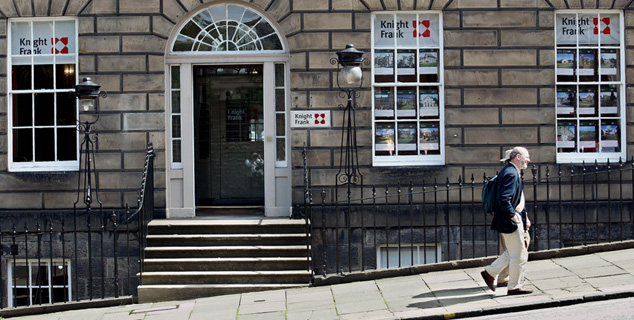
Today, the Scottish government revised its new Land and Building Transaction Tax (LBTT) rules.
The LBTT is to replace stamp duty in Scotland from April, and its rates had been designed to be oddly punitive for those buying high-end houses. Anyone buying a house costing more than £250,000 was to pay stamp duty at 10%. For houses over £1m, the rate jumped to 12%.
The only good news in it was that each rate was only paid in its band, rather than on the entire price, as was the case with UK stamp duty. However, in December, George Osborne stepped in and changed stamp duty in the UK.
He also removed the old slab system we all hated, and introduced new rates. But his were rather lower: 10% above £925,000 and 12% above £1,500,000. Scotland suddenly looked pretty bad. Its first use of a devolved tax sent a nasty message to the well off.
An example: those purchasing a house worth £510,000 would pay £28,300 in LBTT, compared to just £15,500 under the new stamp duty. That’s a difference of 83%. That, as estate agent Rettie & Co put it, is the kind of thing that has a marked effect on things such as “house builders’ decisions on where to build; employers’ decisions on where to locate; and families’ decisions on where to live”.
So the SNP changed its mind: 10% now doesn’t kick in until £325,000, and a new 5% rate has been introduced between £250,000 and £350,000. It is still going to cost you more in tax to buy an expensive house in Scotland than in the UK, just not as much as it might have.
The lesson is one that those calling for tax policy in Scotland to be very different to that in the UK (a much higher top rate of income tax for example) might want to pay attention too: when borders are close and open, tax competition matters.